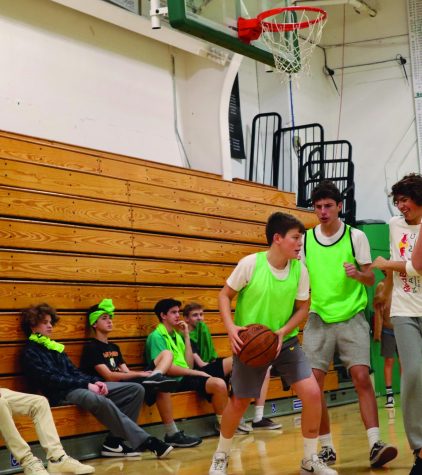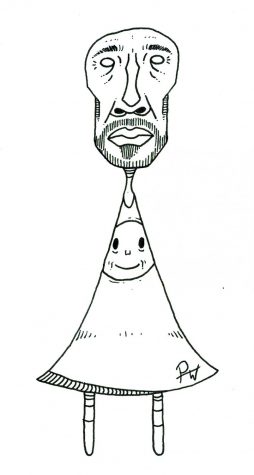Addressing Marin’s affordable housing crisis
March 6, 2018
It’s time for Marin residents to finally learn that actions speak louder than words. We need need low and moderate income housing. Arguments regarding the preservation of our natural scenery will not conflict with providing affordable housing.
Last September California Governor Jerry Brown finalized a series of “good bills” that would ensure new affordable housing opportunities throughout the state. The legislation expects to raise billions in funding to help finance the construction of new homes for California’s low-income residents, according to the Los Angeles Times on Jan. 7.
This bill is pivotal for residents struggling to find a place to live, ensuring that all cities would work towards affordable housing opportunities. Additionally, the bill requires all counties to meet affordability standards to address the state’s crippling housing costs.
However, the state legislature approved a bill by Assemblyman Marc Levine that would extend special treatment until 2028 for Marin County when it comes to meeting these state requirements according to the Marin IJ on July 6, 2017.
Marin residents protest further affordable housing development, arguing that such projects would “hurt their quality of life.” They believe that these housing projects would interfere with the natural landscape and wildlife found here, skimming past the larger issues of wealth and segregation.
While the preservation of our open spaces is a valid concept, the truth is that most development projects would take place in vacant areas throughout the county and not hinder the enjoyment and value of our natural scenery.
In fact, a meeting presented a 400 home project on the site of an abandoned Baptist seminary but was stopped due to backlash from community members.
Additionally, George Lucas proposed a project that would have built 224 homes for low-income seniors and families according to the LA Times on Jan. 7.
For many, this would come as a rare opportunity, as Lucas reportedly was willing to pay for the project. However, pushback from neighbors and other community members prevented the initiative.
The visible resistance to affordable housing is counterintuitive to the morals and political views held by community members. Last presidential election, nearly 80 percent of residents voted for Hillary Clinton, making Marin one of the most liberal counties in the state.
This progressive attitude, however, has little carryover when it comes to housing within our community. Residents continue to advocate for the idea of affordable housing for all, but don’t want any such initiatives to take place in their neighborhood.
When residents fight against development projects in the hope of providing living situations for low-income families, they’re endorsing the existing economic inequities that have existed in our county for decades.
These inequities can be traced back to the 1940s, where the practice of redlining was prevalent in suburbs throughout the country. Redlining is the practice of denying services through selectively raising home prices to residents of certain areas based on race or status. Despite housing segregation becoming illegal in the 1960s, many discriminatory practices have remained intact.
Marin is the most racially unequal and economically discriminatory county in the state as concluded by Advancement Project California. Additionally, Marin’s lowest performance comes in the housing category, where it was found that racial segregation is most prevalent in real estate and house ownership
While these reports come as no surprise, they should be a top concern. The patterns of racial and socioeconomic disparities are part of the history throughout our county, one that continues to marginalize low-income residents and people of color.
It’s time for Marin to stop receiving exemptions on meeting affordable housing requirements.





